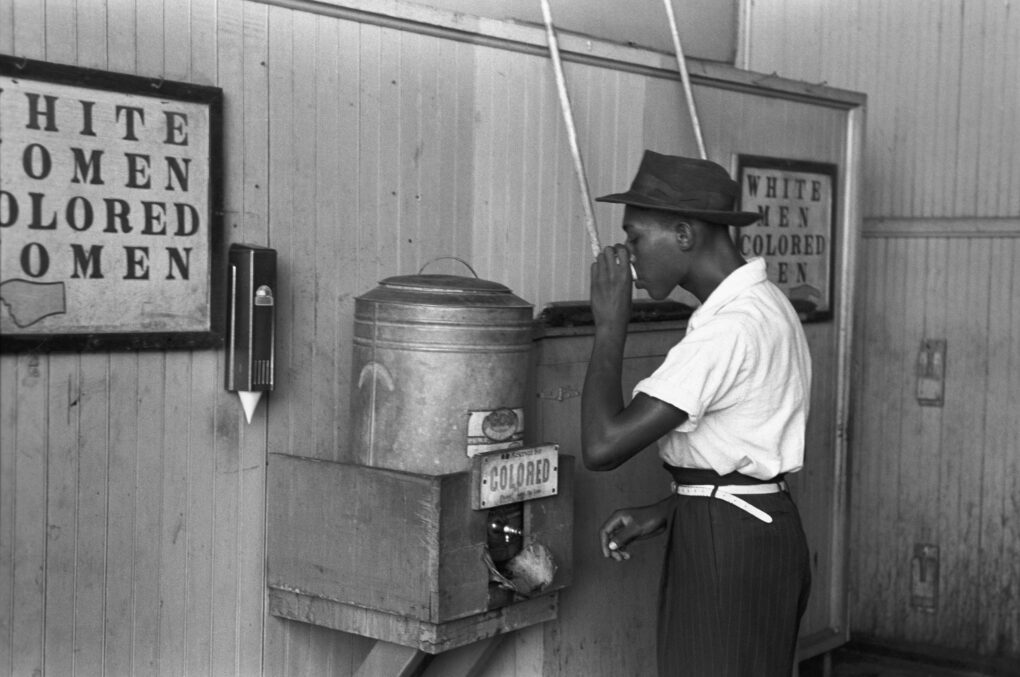In April 1861 a civil war broke out in the United States. President Abraham Lincoln, who came to power, started it against the 11 rebellious southern states that did not recognize him and declared secession from the United States. The key issue of this war was slavery. The industrial and migrant North demanded its abolition. The agricultural and slave-labeling South was against it.
The war lasted until 1865, with over 600,000 deaths on both sides. That’s more than in any other war involving the United States. The North won, slavery was abolished by amendments to the U.S. Constitution.
But the abolition of slavery did not make white and black citizens equal. In the South, blacks were persecuted by Ku Klux Klan racists. In the late nineteenth century, segregation laws appeared there. They were collectively called “Jim Crow laws,” the name of a comic character whose face was painted with charcoal. African Americans and whites lived in different neighborhoods, rode in different train cars, and interracial marriages were impossible. The illiterate, that is, almost all African Americans, were disenfranchised by law.
In the cities of the North, blacks settled in ghettos, where the standard of living was far worse than in white neighborhoods.
Abraham Lincoln
Abraham Lincoln abolished slavery, and the struggle for equal rights has continued in the United States for over 150 years
The first mass clashes between the two racial groups occurred in 1919 in Chicago and in 1921 in Tulsa, Oklahoma. It was nothing like the riots going on in the U.S. today: in both cases, whites banded together and attacked African-Americans with no police intervention.
We explain quickly, simply, and clearly what happened, why it matters, and what happens next.
Now there is some distorted view of this war. According to it, the South was home to the wonderful gentlemen from Gone with the Wind, just the ideal of a white Anglophile civilization. Somewhere in the background there were glimpses of black people who, of course, were not equal to whites, but who were treated very well. And so into this idyll the ordinary workers from the North, led by Lincoln, intervened.
This interpretation is believed primarily by Southern Americans themselves. But many of our compatriots also like this version of events.
After the war, blacks were given land and it was unthinkable for their former masters. In the southern states, they responded instantly with the creation of the Ku Klux Klan and terror.
In the northern states, the black population moved to the cities. Especially with the outbreak of World War I, when white guys went off to fight and their laboring hands had to be replaced. (Segregation prevented whites and blacks from serving together; about 370,000 black soldiers out of 4 million draftees participated in World War I from the United States – BBC).
In cities like Detroit, Philadelphia, Chicago, Minneapolis, black neighborhoods and just ghettos sprang up, they still exist today. And it was there that the first pogroms took place.
After World War II, the white population left the city centers. Some raised their standard of living, bought cars and moved to the suburbs, while others fled as the ethnic makeup and order in their neighborhoods began to change dramatically.
This situation continued until the 1960s, when a new explosion occurred.

